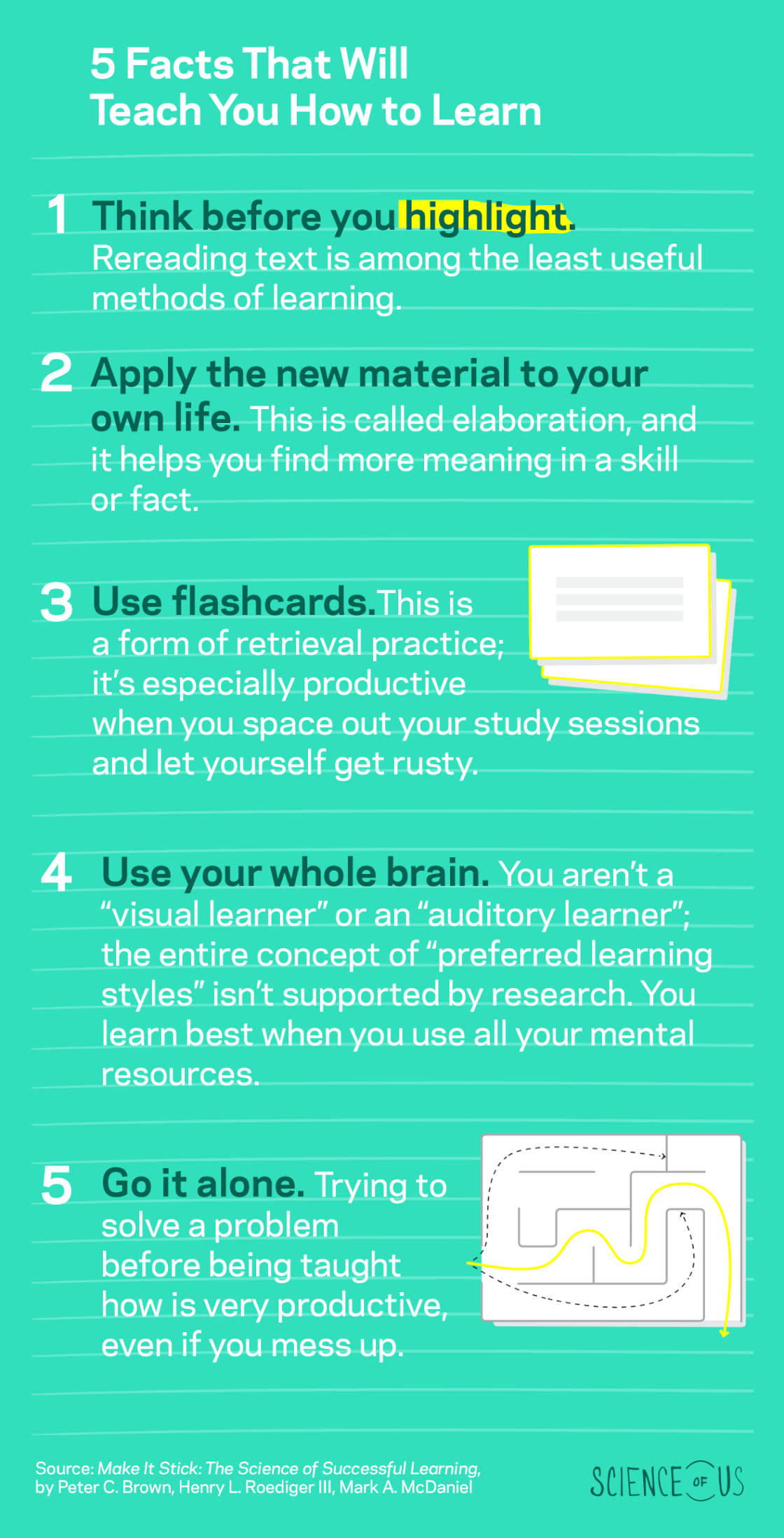5 Tips for eLearning Voice Recording
http://elearningindustry.com/5-tips-for-elearning-voice-recording
These are the top 5 frequent e-Learning voice recording situations that I’ve come across:
- A.C.R.O.N.Y.M.S.
Is this pronounced A-C-R-O-N-Y-M-S or ‘acronyms’? Is it read as letters or read as a word? A lot of scripts do have acronyms related to company or industry jargon. Define this in the script to avoid confusion and save re-records! You can use ALL CAPS but that may not be enough. Periods or dashes between letters (A-C-R-O-N-Y-M-S) generally indicate the word to be read as individual letters. But to be safe, put explanation notes in the margin or at the top of the script defining correct pronunciation, to reduce risk.
- Audio file – technical specifications
If you hire a voice talent to record for you, usually you ask for either mp3 or wav audio files back from her. But are you also specifying the bit rate? 16 bit resolution is the gold standard. If you get 24 bit, your audio may sound garbled but only after it’s embedded into your program. Save time and trouble upfront by stating your audio tech specs!
- Attitude or Point Of View
What kind of attitude do you want to hear in the voice recording? Think about the end listener. What will peak their interest and attentiveness more? By taking the small amount of time to define the “who is talking” and “to whom”, you can help the person recording to provide a POV (point of view) with the right attitude. Plus, it’s a great way to provide impact and underscore the project for the client. This is a gem – often unused! For example, is this a co-worker talking to her peers or (differently) is she showing a new person the ropes? Is this an SME (subject matter expert) sharing expert information? To whom – Top management or research engineers? If your project is required information, like an annual safety review or similar, it can often be very dry material. Taking a couple minutes to think about the role of who delivers such information can energize dry material. Some more general examples of attitude can be: Strong and Authoritative. Caring and Conversational. Casual like a co-worker. Blue collar vs white collar.
- Proximity
Another gem of a different color! A voice recording can be done further or closer to the microphone. We call that ‘proximity’. This can change or impact the way a listener responds. Compare whispering vs talking at a cubicle vs presenting to a room of people. Changing ‘proximity’ can create poignant moments that listeners will notice. Let your clients know about this technique as well. Used sparingly = high impact!
- Script Writing flow – or Writing with listening in mind
After all the information is written, review the script for a flow of words that, when read aloud, are easy to comprehend and will engage the listener. This may be hard to find time for, depending on your client’s budget – but it is one of those quality elements that can win you a client’s loyalty. When I see a line or two in a script that I think can be phrased to flow more conversationally, I might offer it as an alternate.
How to Improve Your Engagement on Google Plus [INFOGRAPHIC]
http://socialmediatoday.com/steve-rayson/2497981/how-improve-your-engagement-google-plus

2014 Social Media Image Size Cheat Sheet + free image processing apps to re-size…
http://blogs.constantcontact.com/product-blogs/social-media-marketing/social-media-image-size/

PicMonkey is a free desktop app that gives you the option to crop a photo to the Facebook cover photo size.
To crop, simply select the crop tool, choose the Facebook Timeline size, and resize your photo.
If you’re using a photo from your smartphone, try a photo app to resize it to fit the cover photo space. The PicStitch app for iPhone has a cover photo crop feature.
Why Aren’t More Schools Using Free, Open Tools?
http://blogs.kqed.org/mindshift/2014/06/why-arent-more-schools-using-free-open-education-resources/
Teachers were complaining that they wanted a simple way to share files and links within the classroom, like a private Twitter app. Rather than having IT professionals respond to the request, Reisinger’s students programmed a solution that they call Paper Plane. ”Those kids have code up on GitHub [a site for open-source code] right now that they’re sharing out,” Reisinger said. Students also designed the help ticketing software that their peers use to request IT support.
oh, my, what a blasphemy; what do we do about SECURITY?…
A lot of people are scared away from open-source software or operating systems like Linux because of the belief that they are harder for teachers and students to use, and are more challenging to support.
a bigger reason people don’t go open-source is that the devices and software aren’t as shiny and exciting as iPads or Chromebooks.
recent concerns regarding third party providers and privacy are less of an issue
The Best Free Antivirus for 2014
http://www.pcmag.com/article2/0,2817,2388652,00.asp
Bitdefender Antivirus Free Edition (2014),
AVG AntiVirus FREE 2014
Panda Cloud Cleaner.
Comodo Cleaning Essentials 6
Avira Free AntiVirus (2014)
Some information available also at:
http://huskynet.stcloudstate.edu/protectu/antivirus.asp
Highlighting Isn’t Helping You Remember Anything, and Four More Surprising Facts About Learning
http://nymag.com/scienceofus/2014/06/highlighting-wont-help-you-remember-anything.html

7 Essential Free Tools for Social Media Design
http://socialmediatoday.com/emilytaing/2481691/7-essential-free-tools-social-media-design
Hey Emily, really like the effect you’ve used for the images you shared. Also – no mention of Canva in here? Stunner! It’s been all over the place,
Regarding Canva, pls see our IMS blog entries:
https://blog.stcloudstate.edu/ims/2014/05/20/32-hot-social-media-software-tools-from-tool-providers/
https://blog.stcloudstate.edu/ims/2014/02/26/29-social-media-tools-recommended-by-the-pros/
Marketing Instagram Style: What Marketers Need to Know
http://www.socialmediaexaminer.com/marketing-instagram-style-with-jenn-herman/
Excellent article
1. Thunderclap – www.thunderclap.it/en
How Social Media Is Being Used In Education
http://www.edudemic.com/social-media-in-education/
Here is also an IMS blog entry about the use of Twitter in education:
https://blog.stcloudstate.edu/ims/2013/12/05/twitter-resources-for-its-use-in-education/




